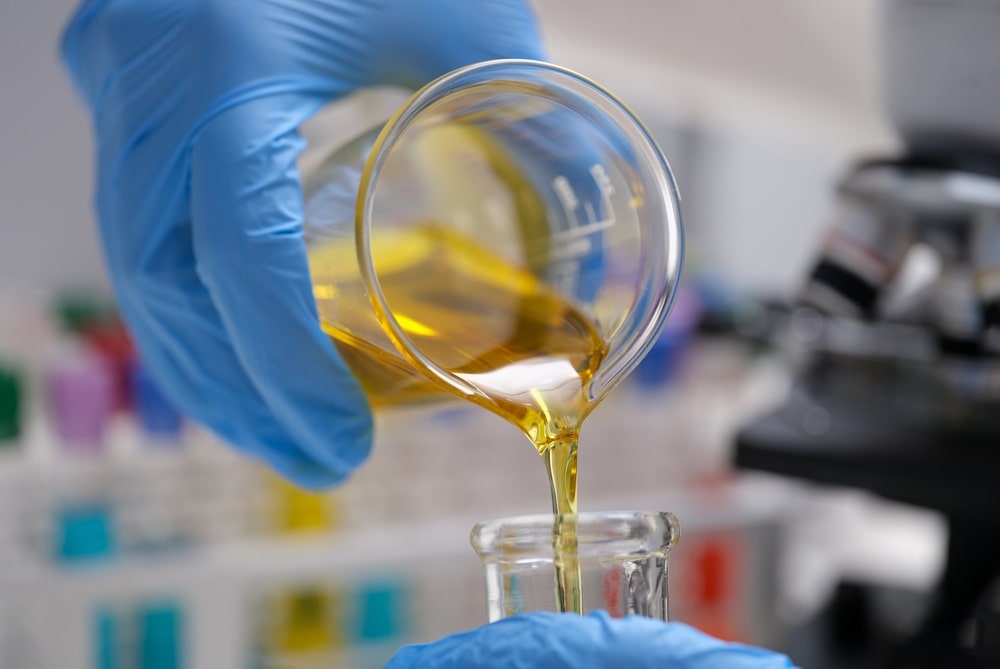Vaccines are proved to be a boon for the prevention of infectious diseases. A vaccine is a biological preparation that provides active acquired immunity to a particular disease. The vaccine consists of dead pathogens or live but attenuated organisms. They induce immunity against pathogens either by the production of antibodies or by activation of T-lymphocytes.
Edward Jenner first produces a live vaccine for smallpox from the cowpox virus in the year 1796. The process of administrating vaccines is known as vaccination. There are three types of traditional vaccines namely, inactivated or killed vaccines (examples: Typhoid, Cholera, Plague, Rabies etc.), live attenuated vaccines (examples: BCG, Typhoid oral, Oral polio, Measles, Mumps etc.) and toxoids (examples: Diptheria, tetanus). Some properties of vaccines are like they should be cheap, should not be toxic, have a low level of side effects, should not cause any problem in any individual, should not contaminate the environment, vaccination technique should be simple.
The uses of vaccines in many countries are limited due to high cost hence an alternate cost-effective vaccines are introduced which is known as edible vaccines. These vaccines are easily administrable, storable and widely acceptable as bio-friendly in all developing countries.
Oral administration of edible vaccines proves reduction of the incidence of various diseases like hepatitis, diarrhoea etc., which face the problem of storing and administering vaccines. Edible vaccines are obtained by incorporating a particular gene of interest into the plant, which produces the desirable encoded protein. This process is known as transformation, and the altered plants are known as transgenic plants. They are specific to provide mucosal activity along with systemic immunity.
Various foods that are used as alternative agents for injectable vaccines include cereals (wheat, rice, corn), fruits (bananas) and vegetables (lettuce, potatoes, tomatoes). The main advantage of edible vaccines is that syringes and needles are also not required which reduces the incidence of various infections.
Thereafter elimination of contamination with animal viruses-like the mad cow disease, which is a hazard in vaccines developed from cultured mammalian cells, as plant viruses cannot infect humans. They act by stimulating the mucosal as well as systemic immunity, as soon they meet the digestive tract lining. They produce an antibody-mediated immune response and cell-mediated immune response.
Edible vaccines enable the process of seroconversion in the presence of maternal antibodies, so they play a vital role in protecting children against diseases like group-B Streptococcus, respiratory syncytial virus (RSV), etc. They are produced for various human and animal diseases (measles, cholera, foot and mouth disease and hepatitis B, C and E) and are also used to prevent dengue, hookworm, rabies, etc. by combining with other vaccination programmes enabling multiple antigen delivery.
Examples: The first successful human trial for an edible vaccine was conducted in the year 1997 in which volunteers were fed transgenic potatoes, which possessed the b-subunit of the E. coli heat-labile toxin, responsible for diarrhoea. But it has a major drawback that it needs to be eaten raw because cooking causes denaturation of protein and makes it ineffective. Plants used for edible vaccines are Tobacco, Potato, Banana, Tomato, Rice, Carrot, Corn, Muskmelon, Soybean etc.
Preparation:
Live attenuated vaccines are prepared by a grown disease-causing organism under special laboratory conditions that causes loss of virulence or disease-causing properties. The attenuation is obtained by heat or by the passage of the virus in a foreign host like tissue culture cells or embryonated eggs. Cell culture is required for viral vaccines because viruses are replicated inside the living cells. Example: Sabin polio vaccine is produced by attenuated with high inocula and rapid passage in primary monkey kidney cells.
Inactivated vaccines are produced by killing the disease-causing microorganism with heat or by chemicals. Vaccines are also produced by gene techniques where a single gene is expressed in a foreign host by cloning.
Advantages of Edible Vaccines:
- Edible vaccines have an efficient mode of action for immunization.
- They are comparatively cost-effective, as they do not require cold chain storage.
- They do not need sophisticated types of equipment and machines as they are easily grown on rich soils.
- They are widely accepted as they are orally administered, unlike traditional injectable vaccines.
- They are safe as they do not contain heat-killed pathogens.
- The production process is scaled up rapidly by breeding.
Importance of the edible vaccines
- It is used for cancer therapies like colon cancer and cervical cancer.
- It is used for autoimmune diseases like Type-I diabetes and multiple sclerosis.
- It is applied for many infectious diseases like AIDS, tetanus, smallpox, measles, plague, foot and mouth disease, tuberculosis, influenza etc.
Make sure you also check our other amazing Article on : Procedure of plant tissue culture
